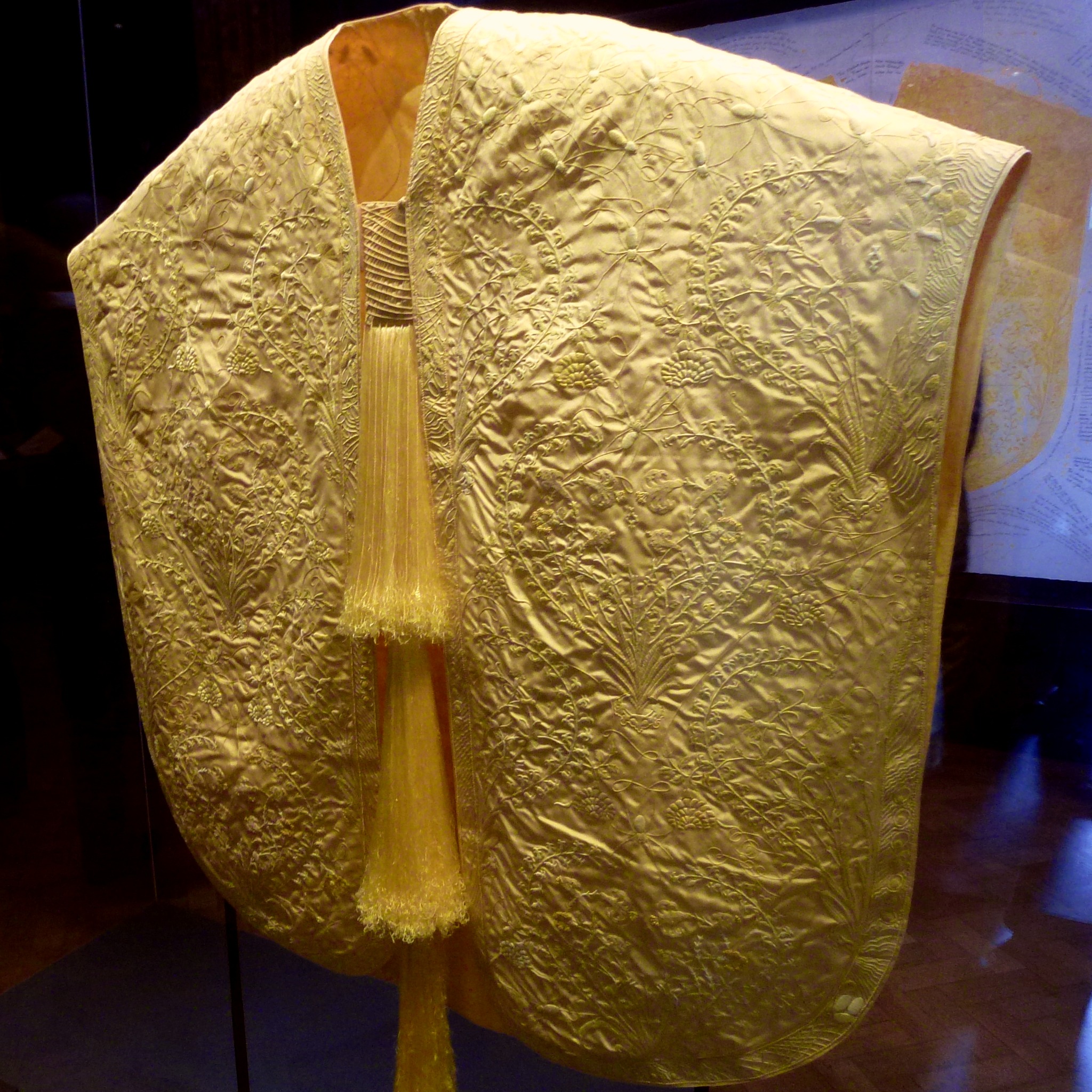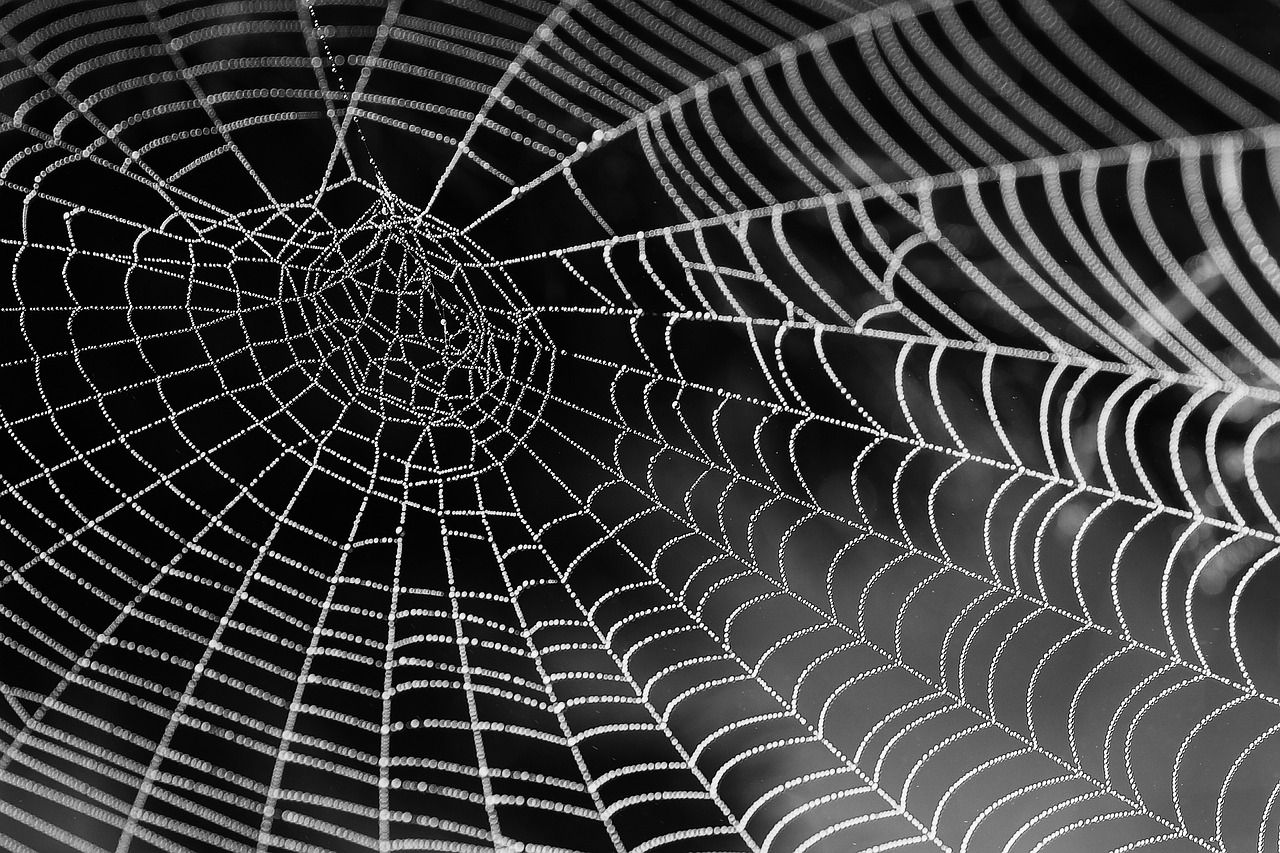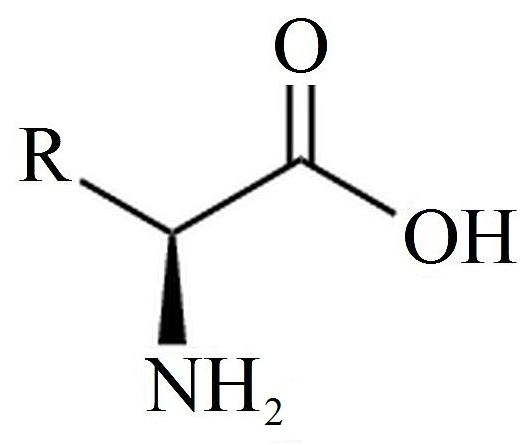
Spider silk and cocoon silk… What, if any, are the differences between these two materials?
Spider Silk: An Overview
Spider silk is a derivative of the structural protein fibroin, which consists largely of alanine (ALA) and glycine (GLY) amino acid sub-units. These two acids constitute about 67% of the total. Serine and other amino acids make up the remainder. There is a variety of forms of spider silk. Different specific glands are responsible for the different forms of silk.
Most notable among silk varieties are dragline silk and capture silk. How do these two varieties compare?
Dragline Silk
Dragline silk is strong, but possesses a measurable degree of flexibility and extensibility. This variety of silk is used to form the outer frame and radii of the web and for the strand that raises and lowers the spider. Dragline silk fibroin consists primarily of spidroin proteins.
Capture Silk

Capture silk is the variety of sticky silk spun into a spider web in a spiral for the capture of prey. It, too, is a derivative of fibroin, specifically flagelliform protein. Capture silk has the ability to extend plus the ability to compress by a kind of chemical spooling. This has inspired researchers to develop a kind of “liquid wire”.
Cocoon Silk
While butterflies reproduce via a chrysalis, moths spin cocoons. Moths produce just one kind of silk. So how does their silk compare to that of a spider? Although chemically both feature an inner core of fibroin protein, the thickness of a strand of cocoon silk is 3 to 4 times greater. Its linear density is nearly 10 times greater!
This is due, in large part, to an abundance of glycine. Glycine molecules pack tightly due to the lack of a large protruding alkyl group R (see the image below). The R group in glycine is not even as large as the rather small methyl group (-CH₃) of alanine.
Spider Silk and Cocoon Silk
So what are the differences between spider silk and cocoon silk? Silk plays a much larger role in the life of a spider. It must build its nest using more than one variety of silk. It must wrap its pray and it must encase its eggs. There are perhaps as many as seven different varieties needed by the spider to accomplish all its life tasks. A moth merely produces silk to form a cocoon. It needs to be strong and weather resistant so the next generation will survive.
Note: You might also enjoy Spacecraft Invisibility: Is Cloaking Possible?
References:
- KU Leuven: Journal of Textile and Apparel, Technology and Management: Spider Silk Structure, Properties and Spinning
- University of Bristol – School of Chemistry: Spider Silk Chemical Structure
- ResearchGate: Molecular nanosprings in spider capture silk threads
- MIT: Engineering Properties of Spider Silk

Very interesting. Would love to know more about liquid wire!
Thanks for the article. I found it because I was interested in how moth and spider silk compare. It is interesting that two such remotely related animals had the ability to produce such a similar material. As an aside, butterfly caterpillars do make silk. It is the material they hang their chrysalises with.